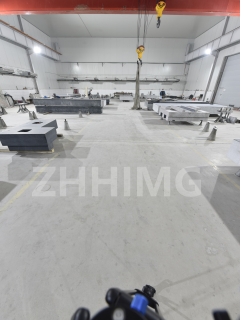Automatic Optical Inspection (AOI) is an important process that helps to check and ensure the quality of electronic components as well as precision engineering. AOI systems use image processing and computer technology to detect defects or abnormalities in production.
However, to properly assemble, test, and calibrate the mechanical components of an AOI system, you need to pay attention to the following steps:
1. Assembling Mechanical Components
The first step in assembling an AOI system is to carefully assemble its mechanical components. Ensure that all the parts are properly aligned as per the manufacturer's guidelines and instructions. Tighten all the nuts, bolts, and screws securely to avoid any vibrations or looseness.
2. Testing Mechanical Components
After assembling mechanical components, testing is the next step. In this process, the structural integrity, stability, and suitability of the components are evaluated. This step ensures that your AOI system is reliable and will work as expected.
3. Calibration of Mechanical Components
Calibration is an essential step in AOI system. It involves testing and adjusting the functionality of the system's mechanical components so that it performs optimally. Typically, calibration involves setting the correct parameters for optical sensors to ensure that they are functioning accurately.
Conclusion
AOI systems can help identify defects and irregularities in production processes and play an important role in ensuring the quality of electronic components and precision engineering. By following the steps outlined above on how to assemble, test and calibrate automatic optical inspection mechanical components, your AOI system can function efficiently, accurately and reliably.
Post time: Feb-21-2024

